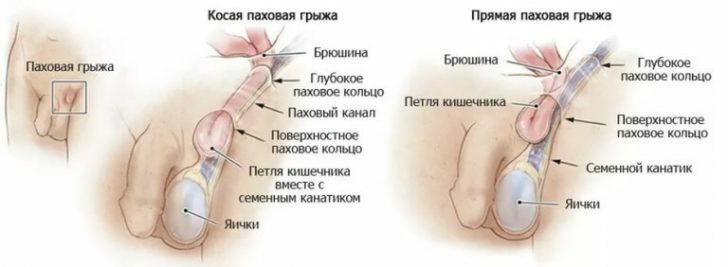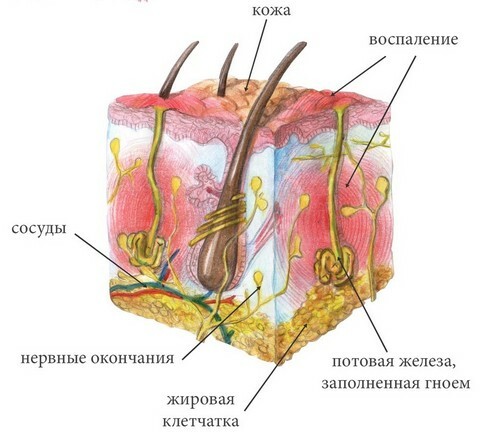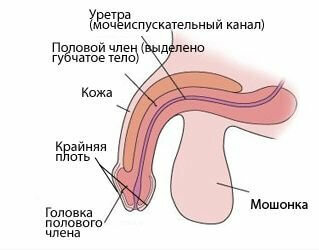Peyronie's disease and her treatment
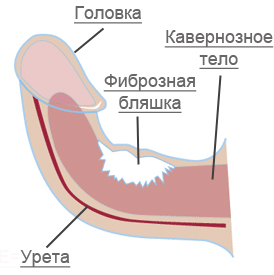 For the first time, fibrous plaques that curved the penis, was described in 1743 by François de la Peyronie, the surgeon of the French monarch Louis XV.For 250 years, medicine has advanced in the treatment of a disease that received the name of its discoverer.
For the first time, fibrous plaques that curved the penis, was described in 1743 by François de la Peyronie, the surgeon of the French monarch Louis XV.For 250 years, medicine has advanced in the treatment of a disease that received the name of its discoverer.
There are many methods of getting rid of the curvature of the penis, one of which suggested by Peyrony himself. In addition, the proper counseling of patients gives such impressive results that it is difficult not to go to extremes: do not treat at all or offer surgery to everyone indiscriminately.
So, the discussion of the treatment of Peyronie's disease begins with the idea of "not treating at all."
- Sometimes the disease goes by itself and the reasons for that are not known. According to different researchers, spontaneous healing occurs in 3 - 12% of cases.
- Erectile dysfunction in Peyronie's disease is functional in 70% of cases. With competent counseling and psychotherapy, many patients are able to perform a normal sexual intercourse, and they do not need an operation at all.
Conservative therapy
- Vitamin E, pentoxifylline, colchicine, unfortunately, showed its low efficacy, although still applied.
- Injections of glucocorticosteroids into plaques demonstrate a real improvement, but may cause complications after surgical treatment. Also, these injections can lead to atrophy of cavernous bodies, which in itself can cause erectile dysfunction.
- Verapamil in 60% of patients slows the rate of progression of the disease.
- Physiotherapy( magnetic, laser, ionophoresis) - at least, do not cause harm, but their effectiveness is doubtful.
Summary from the above, the following: after the diagnosis, therapeutic tactics should be as much as possible wait-and-see. During the year, it is necessary to try to eliminate the psychological problems caused by the curvature of the penis, a conservative therapy and monitor the course of the disease.
Surgical treatment
Surgical intervention is the most reliable and effective method of treating Peyronie's disease. Indication for surgery is the curvature of the penis in combination with erectile dysfunction.
to perform operations except the availability readings must be met in a number of conditions:
- inactive phase of disease,
- presence possibility of spontaneous erection,
- lack of effect of carrying out medical treatment for 1 year,
- complex curvature( two or three-directional),
- curvature more600.
Surgical interventions in Peyronie's disease fall into two major groups:
1. Creation of a fold or resection of the gallbladder from the opposite( convex) side of the penis. The oldest and most popular group of operations.
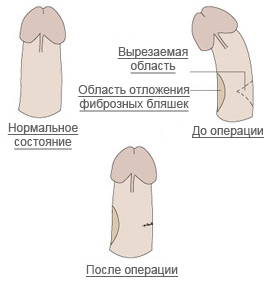 The first option was proposed by Reed Nesbit in 1965.Classical methods as follows: A skin incision selection tunica albuginea, shearing it from one or more ellipses on the side opposite curvature, closure of the defect.
The first option was proposed by Reed Nesbit in 1965.Classical methods as follows: A skin incision selection tunica albuginea, shearing it from one or more ellipses on the side opposite curvature, closure of the defect.
Subsequently, Nesbit's operation was modified, making it less traumatic. Modification of Gordon-Devin, Esdea-Schroeder, Darenkov, Jonas, etc. looks like this: skin incision, excision of the belly shell, creasing with the help of seams on the side of the opposite curvature. In this case, the differences between the methods consist only in the methods of creating this fold itself.
Results of this group the following operations:
- restoration of normal sexual function in the first year following surgery approaches 100%, decreasing in the second and subsequent years;
- according to different authors, the effectiveness of Nesbit's procedure is from 33 to 85%;
- the level of complications after such operations is rather low.
Disadvantages of Nesbit operation:
- significant shortening of the penis, which the patient should be warned about in advance;
- can only be used with simple bending;
- it is possible to form nodules over seams that can be probed under the skin.
2. Elimination of the concavity of the penis by excising the plaque and replacing the defect with a natural or artificial graft. These operations are basic in the treatment of complex curvatures.
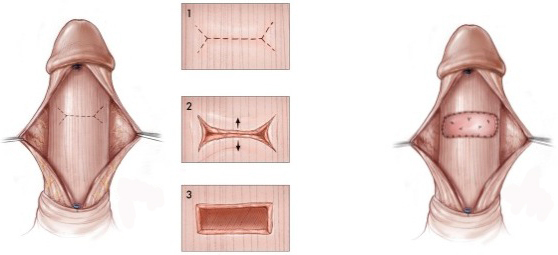
Surgery for the introduction of an artificial graft
Back in 1974, Bystrum and Horton proposed to excise a plaque and replace the defect of the gall bladder with a skin graft. The immediate effect of the operation was very impressive, but in some patients, after a while, erectile dysfunction developed, the causes of which remained unclear. Therefore, natural materials in the treatment of Peyronie's disease are used infrequently, and synthetic transplants have become most popular.
Requirements for synthetic graft: flexible, well-extendable, cheap and affordable, low risk of rejection reaction. In the treatment of Peyronie's disease, the following tissues are used: Dacron, Dexon, Gore-Tex, etc.
Disadvantages of this group of methods:
- high cost of treatment,
- some risk of developing erectile dysfunction.
As can be seen from the above, Peyronie's disease is not a verdict. In the arsenal of medicine, there are enough methods that can return the patient's male power.
Recommended for viewing:

